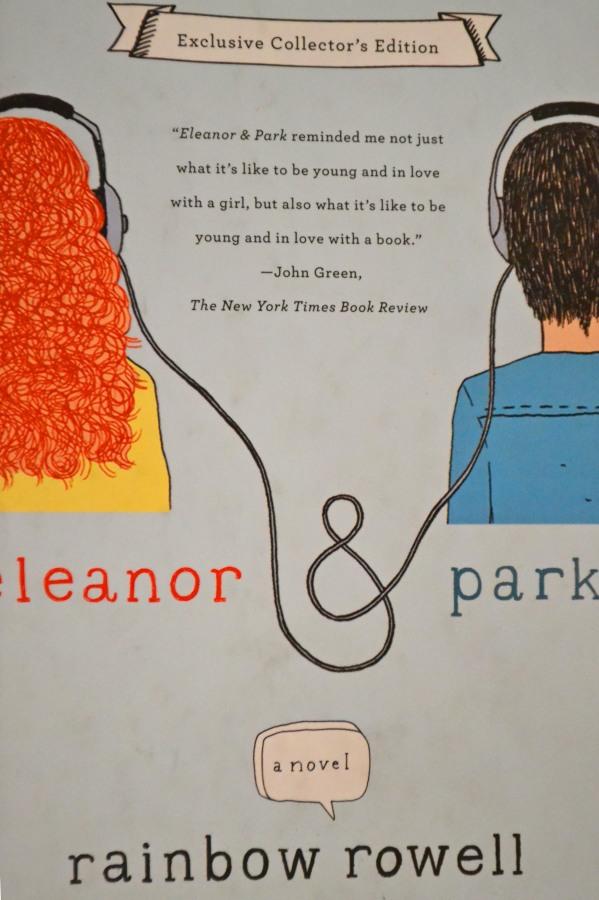Ecstatic About “Eleanor & Park”
“Art wasn’t supposed to look nice; it was supposed to make you feel something.”
Photo Courtesy of Joseph Grosjean
Cover art for “Eleanor & Park” by Rainbow Rowell.
December 5, 2014
“Eleanor & Park” by Rainbow Rowell is a piece of art that reflects this perfectly. Set in 1986, Rowell puts two outcasts into real-life situations and has them deal with real-life topics: poverty, body image, and popularity. Many say they read to get away from real-life topics like this, but this is definitely worth reading regardless. This story about acceptance and diversity will make your heart melt to the point where you won’t be able to put the book down for anything.
Rowell isn’t afraid to tell it like it is. While narrating as both characters, Eleanor and Park, she always ends up giving the reader exactly what they’re thinking; no guessing games. Eleanor’s snarky mindset may not always translate to the surrounding characters, but her thoughts always translate to the reader. They know her fears, what she cares about, what she doesn’t care about. Park has amazing self-reflection moments that are realistic. Many book characters are made so that they don’t think back on the events they’ve experienced; Park isn’t like that. He thinks back on the whole plot of the book and gets his thoughts clearly out there, which I admire. I appreciate not having to infer (and infer incorrectly – which can get confusing for future events) what he’s thinking.
Also, some books tend to make everything seem happy-go-lucky despite the conflict. “Eleanor & Park” contradicts this idea. I say this book is about diversity, acceptance, and popularity, but it’s really about the lack thereof. Both Eleanor and Park are different. Eleanor Douglas is a chubby girl with red, curly locks who lives in a house without doors. Park Shierdan is half-Korean and wants to defy his father’s ideas of masculinity. They’re probably the least popular kids in school. They’re the most diverse, and that leaves them to be the least accepted. It’s a harsh truth about how people can be that real-life chooses to ignore. But Eleanor and Park learn to accept each other, and end up falling in love. These characters are also so different, so noble, yet you don’t really want to be them. I don’t want to be in a home without a bathroom door and an abusive stepfather. I don’t want to be so peculiar that I get called names and get taunted. I don’t want to be the outcast who is protected from bullying by a mere sixth-grade crush. But that is who these characters are, and they’re still admirable.
What I didn’t like, however, was Park’s first use of the words I love you. He first says them to Eleanor after they’ve only just become boyfriend and girlfriend, and they only see each other on the bus to and from school. He hasn’t really gotten to know her yet. All he really knows is he likes spending time with her, and he suddenly decides to say I love you? That ruined Rowell’s beautiful use of slow escalation. The relationship developed slowly, which doesn’t usually happen in other stories, and then she throws in Park saying I love you to Eleanor. Although she could’ve done this to make a point that we overuse those words…but that’s a whole different subject. At least she makes up for it by making Eleanor unable to say them back.
It’s hard to think of a story as thought-provoking and moving as “Eleanor & Park.” I don’t think I’ve ever enjoyed a love story so much. Rowell makes 58 chapters seem like nothing with how engaging and interesting her work is. This story is so different from everything else out there, and a diverse love story is just the kind of book that will make you truly think and feel something.









